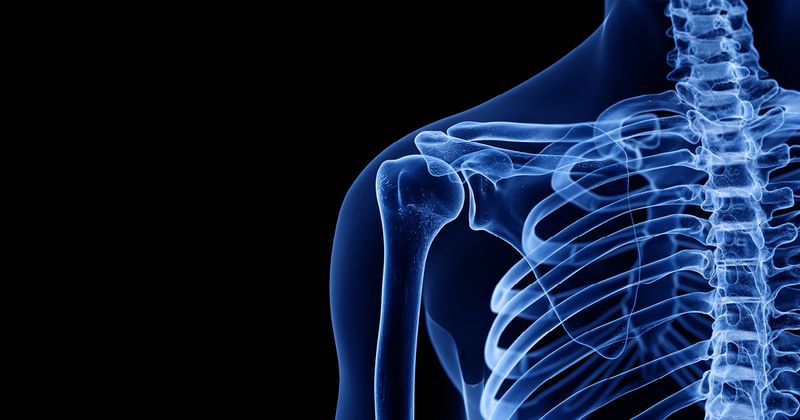Time to positivity, strength of positivity may help determine positive cultures during RSA
Results found consistent rates of culture positivity for Cutibacterium during revision shoulder arthroplasty in samples with high bacterial loads, while time to positivity and a strength of positivity helped determine true positives.
To evaluate the accuracy of cultures for Cutibacterium during RSA using positive control (PC) and negative control (NC) samples, Jason E. Hsu, MD, and colleagues from the American Shoulder and Elbow Surgeons periprosthetic joint infection (PJI) multicenter group analyzed 110 blinded PC and 22 blinded NC samples across 11 institutions.

According to the study, each institution handled 10 PC samples, which included two sets of five dilutions of Cutibacterium isolate from a failed total shoulder arthroplasty with probable PJI, and two NC samples. Researchers then analyzed the samples for specimen growth, time to culture positivity and strength of culture positivity.

Hsu and colleagues found 100% (n = 22) of the four highest PC dilutions were positive for Cutibacterium, while 91% (n = 20) of the lowest PC dilutions were positive for Cutibacterium. Mean time to positivity was 4 days in PC samples, with all samples showing growth within 7 days. The researchers noted Cutibacterium grew in 14% (n = 3) of NC samples at a mean time to positivity of 8.3 days. Additionally, they noted a shorter time to positivity and higher strength of positivity were two factors which best determined true-positive cultures.
“Our results suggest that periprosthetic infections with higher Cutibacterium loads, even if indolent on clinical presentation, are likely to be reported similarly across different institutions,” Hsu and colleagues wrote in the study.
“Both the time to positivity and the strength of culture positivity may be helpful in interpreting the results of culture specimens obtained at revision arthroplasty,” they concluded.
